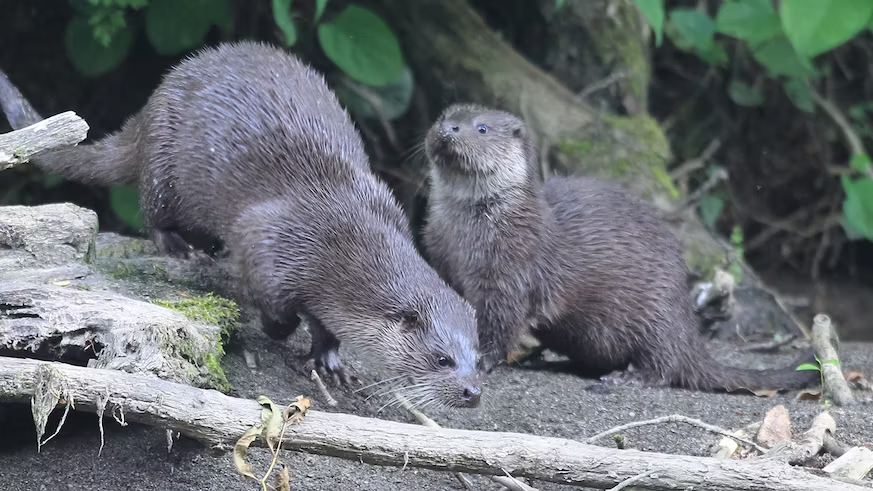Reviewed by Danielle Ellis, B.Sc.Dec 4 2023
Recent genetic studies have unveiled the mechanism through which British otters successfully rebounded from population decline in the 1950s, aided by their Asian counterparts.

Image Credit: David Bailey.
The Otter Project at Cardiff University employed genome sequencing data to demonstrate that significant genetic diversity among British otters was compromised during the 1950-1970s due to population depletion caused by chemical pollution.
Based on otter hunting records, otter population declined in Britain during the 1950s. Investigations linked those declines to the accumulation of harmful chemical compounds in the environment."
Sarah Du Plessis, Otter Project, Cardiff University
Plessis added, “After these chemicals were banned, otter population recovery was heralded as a conservation success story, but the current genetic structure still mirrors the remnant populations which survived the near extinction.”
Utilizing innovative genomic tools, the researchers examined the dynamics of the otter population in Britain through comprehensive whole-genome DNA sequencing.
Their findings unveiled a more intricate history of British otters than previously understood, providing the initial evidence of genetic repercussions stemming from population declines in the 1900s and highlighting variations across different regions of Britain.
The study demonstrated that otters in the eastern and southwestern regions of England underwent significant population bottlenecks between 1950 and 1980, resulting in remarkably small population sizes.
However, in Wales, the genetic evidence suggested that population declines started much earlier, in the 1800s, while otter populations in north England and Scotland showed signs of an extended population decline over the past 800 years. Together these results suggest a more complex picture of environmental stressors on the otter population than was previously recognized."
Sarah Du Plessis, Otter Project, Cardiff University
The scientists also revealed fresh genetic insights into the contribution of Asian otters to the resurgence of the species in the United Kingdom.
Surprisingly, we also found evidence that later increases in genetic diversity of British otters was linked to translocations of captive otters from Asia to the UK. Otters from Asia have contributed to the British gene pool, strengthening local genetic variation and bringing in a genetic line otherwise only found in Asia.”
Sarah Du Plessis, Otter Project, Cardiff University
Plessis added, “Delving into captive breeding records for otters in the UK, we found that a small number of otters imported from Thailand around the 1960s may have been accidentally introduced into the gene pool at that time. The next exciting question for our work will therefore be whether this boost in the genetic diversity of British otters could help protect our otters against future population decline.”
Source:
Journal reference:
Plessis, S. J du., et al. (2023) Genomics Reveals Complex Population History and Unexpected Diversity of Eurasian Otters (Lutra lutra) in Britain Relative to Genetic Methods. Molecular Biology and Evolution. doi.org/10.1093/molbev/msad207.